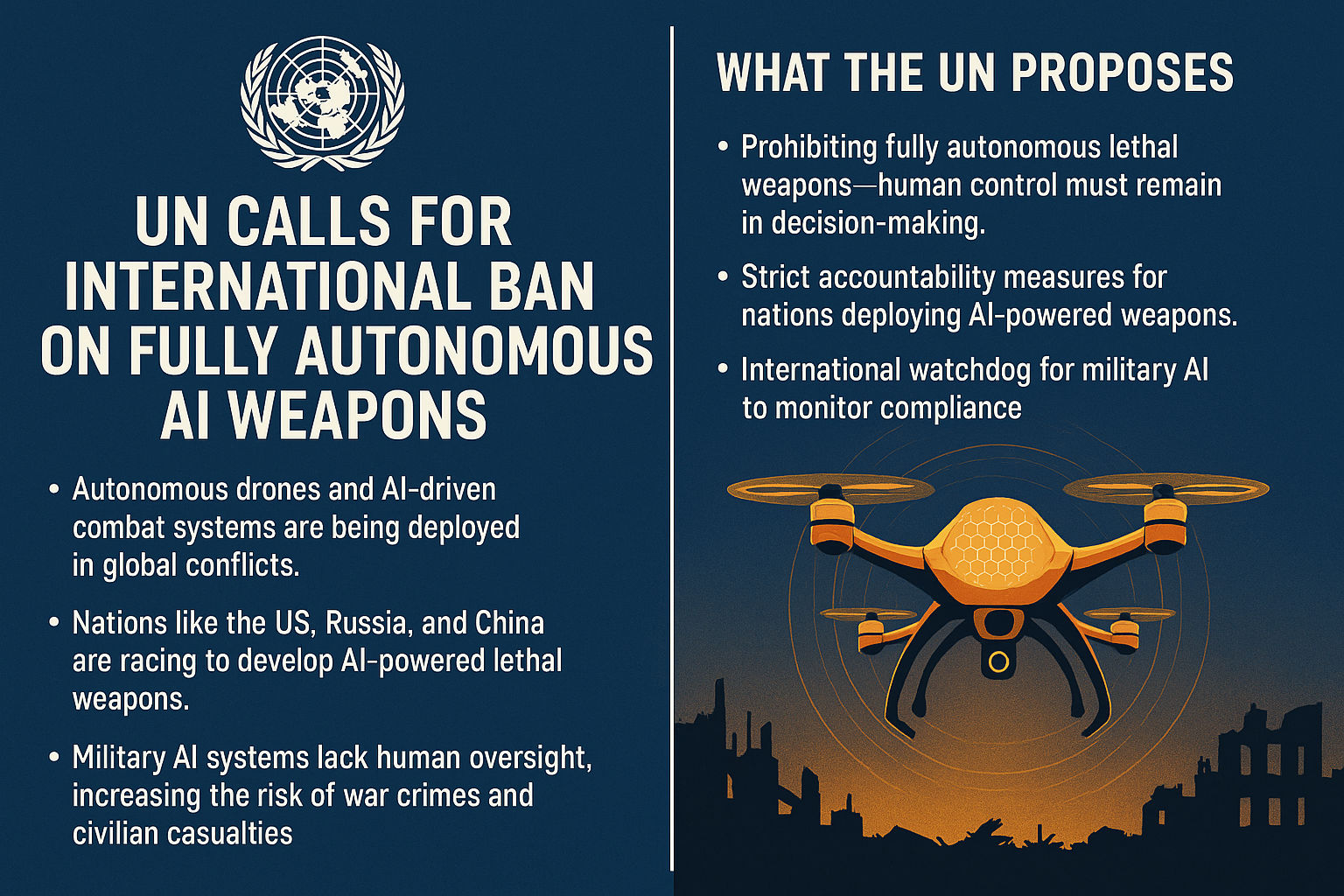Concept of Treaty
Concept of Treaty
1. Definition
A treaty is a formal and legally binding agreement concluded between two or more sovereign states or international entities governed by international law.
2. Key Features of a Treaty
| Feature | Explanation |
|---|---|
| Written Agreement | Usually documented in writing; can be a single or multiple texts. |
| Between States/Entities | Parties must have international legal personality (states, international organizations). |
| International Law | Governed by international law, especially the Vienna Convention on the Law of Treaties (1969). |
| Binding | Creates legal obligations that parties must perform in good faith (pacta sunt servanda). |
| Intention to be Bound | Parties must intend to create legal relations, not just political or moral commitments. |
3. Examples of Treaties
Peace treaties ending wars.
Trade agreements regulating commerce.
Environmental protocols.
Human rights conventions.
4. Legal Basis
The Vienna Convention on the Law of Treaties (1969) is the primary codification of treaty law.
Article 2(1)(a) of the Vienna Convention defines a treaty as:
“an international agreement concluded between States in written form and governed by international law, whether embodied in a single instrument or in two or more related instruments and whatever its particular designation.”
5. Difference Between Treaty and Other Agreements
| Aspect | Treaty | Other Agreements |
|---|---|---|
| Legal Status | Legally binding under international law | May be political or informal; not always binding |
| Form | Usually written | Can be oral or written |
| Parties | States or international organizations | Can include private parties, NGOs, etc. |
| Intention | Intended to create legal obligations | May be moral or political commitments |
6. Purpose of Treaties
To regulate relations between states or entities.
To provide peace, security, trade, environmental protection, human rights, etc.
To formalize cooperation or resolve disputes.
7. Conclusion
A treaty is a formal instrument that binds parties under international law, ensuring predictability and stability in international relations. It represents the consensual will of sovereign entities to abide by agreed rules.


























0 comments